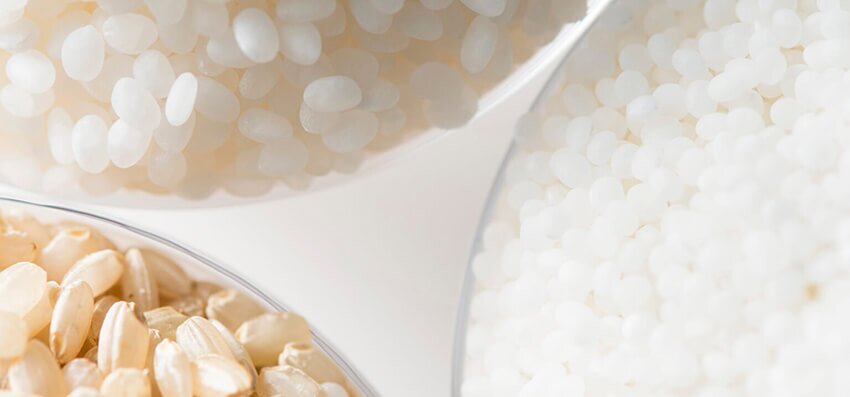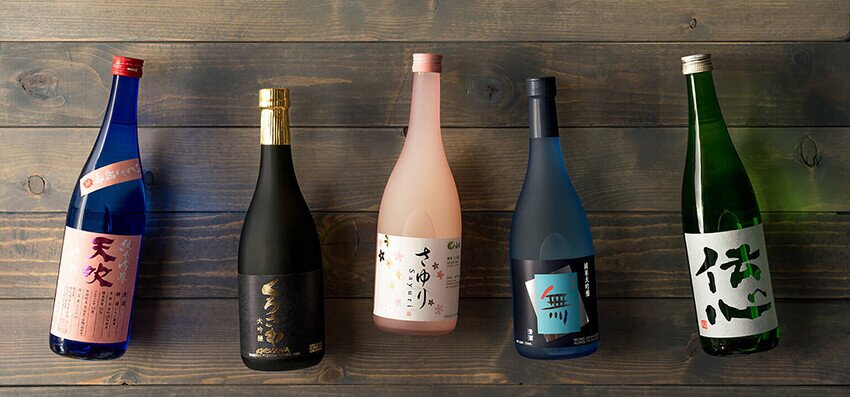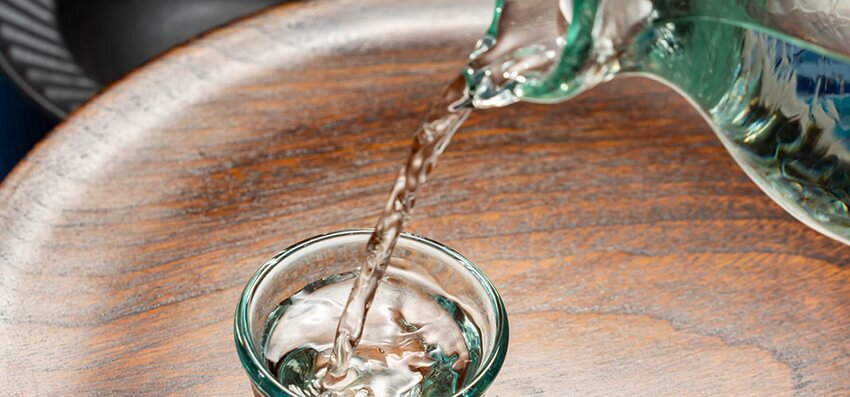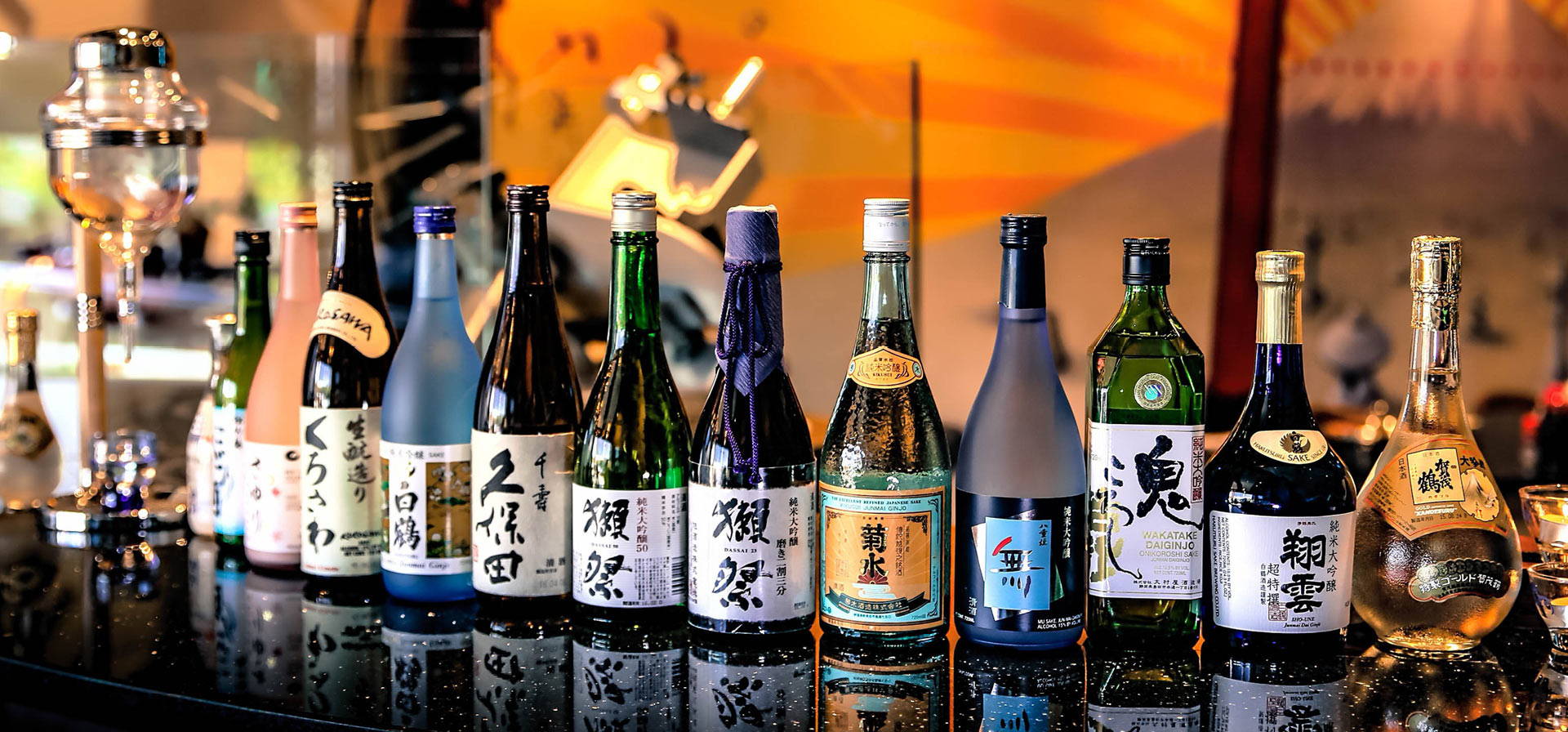Sake Guide Introduction: Welcome To Your Sake Journey!
Chances are you’ve had hot sake or a sake bomb before, or you’ve tried a flight of sake at a restaurant and you’re curious to find that experience again. Sake may seem difficult at first because of the foreign labels, terminology and lack of information and selection available at most restaurants, but actually, it’s an incredibly approachable drink!
We believe you don’t have to be a sake sommelier to enjoy sake. You can enjoy it any way you want. Here at Tippsy, our mission is to provide access to a good selection as well as information to make sake easy and fun. There’s so much to know about the world of sake, but for those seeking an introduction and just a little more knowledge to enhance the drinking experience, we’ve put together a Sake Guide to give you a better understanding and appreciation for this centuries-old work of craftsmanship.
Here’s what you’ll find in this guide:
List of Articles
Lesson 1: What Is Sake?

Sake is a Japanese alcoholic beverage made from rice that has been polished and fermented with a special ingredient called koji. The correct pronunciation is “sah-keh” (not “sah-kee”). Known as Japan’s national beverage, there are over 10,000 variations of sake produced all over the country. The average ABV (alcohol by volume) is between 15%-16%. Sake is a very versatile drink with great pairing abilities for all types of cuisine. Here we look at the brief history of sake, the unique regionality of Japan that influences the variety of sake we enjoy today, and answer some commonly asked questions.
Lesson 2: What Is Sake Made of and How Is It Made?

Premium sake has only a few ingredients: rice, water, koji, yeast and sometimes brewer’s alcohol. But how these ingredients are used and the method of brewing varies from sake to sake. Dive into sake ingredients and how sake is made in this step-by-step guide! Discover the skill and precision that goes into crafting this amazing beverage, and the many ways each brewery can make this process their own.
Lesson 3: What Is Rice Polishing Ratio?

Chances are you’ve had hot sake or a sake bomb before, or you’ve tried a flight of sake at a restaurant and you’re curious to find that experience again. Sake may seem difficult at first because of the foreign labels, terminology and lack of information and selection available at most restaurants, but actually, it’s an incredibly approachable drink!
Lesson 4: Types of Sake

There are so many different kinds of sake to choose from, each with unique flavor profiles that highlight the distinct regions of Japan. The categorization of sake can be a little overwhelming, so in this lesson, we methodically introduce you to each category and subcategory. You’ll learn about everything from junmai (pure rice sake) to nigori (cloudy sake). Nothing is as important as enjoying the sake itself, but knowing more about how ingredients, rice polishing ratio and brewing techniques contribute to sake classification can enhance your tasting experience and help you choose the right sake for you.
Lesson 5: How To Store Sake

Different types of sake require different kinds of storage and handling. Some can be maintained in a dark area at room temperature, and other delicate sake require refrigeration to keep the flavor fresh and intact. We’ll show you the best ways of storing your sake before and after opening, as well as some key things to remember so you can enjoy your sake to the fullest.
Lesson 6: How To Drink and Serve Sake

The beauty of sake is that it is an amazingly versatile drink. In Japan, it is said that sake tastes different at every 5 degrees Celsius, and each interval has a unique name. Many sake can be enjoyed at different temperatures: chilled, room temperature, warm and hot. What’s the best way to warm up your sake? (Hint: The microwave should be your very last resort!) Learn how to set up a hot bath and ice bath, how to enjoy your sake the way the brewers intended, and even how to do a sake tasting with proper etiquette.
Lesson 7: Food Pairing Guide

“What do I eat with sake?” Sake is well-designed for sushi, sashimi and all kinds of Japanese food because of its umami element, but many are surprised to learn that it has incredible potential for pairing with other kinds of global cuisine — even pizza! There is a saying that sake “does not fight with food,” and this is because of how sake is made: Compared to wine, its lower levels of acidity and lack of tannins make it a complementary addition to any meal. Whatever is on the menu, the sheer variety of sake types means there is a perfect sake pairing to be found. Read more for our tips on pairing sake with your favorite foods.
Lesson 8: Best Bottles & Brands for Beginners

Still aren’t sure where to begin your sake journey? This lesson walks you through which bottles and brands beginners may want to start with by taste, type, temperature, price range and occasion. Whether you’re on a budget or celebrating a special event, we’re here to point you in the right direction.
For more on sake news, trends and recipes, you can also check out our blog. From all of us at Team Tippsy, Kampai!
Sign up to receive special offers and sake inspiration!
